8 Whole Food Staples to Keep in Your Pantry
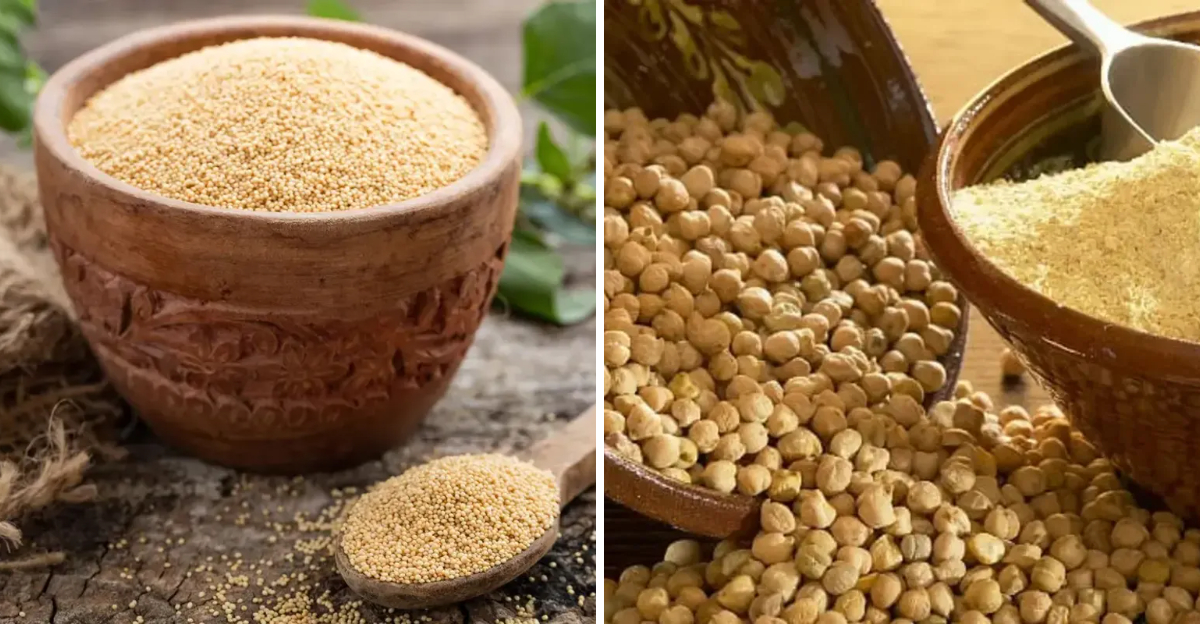
Exploring whole foods can make your pantry a more enjoyable and nourishing space. From familiar grains to a few new finds, these eight pantry staples can gently enhance your meals and support balanced eating. They’re simple, easy to use, and bring steady variety to everyday cooking. Here’s a thoughtful mix of classic and different ingredients that are both useful and flexible in the kitchen.
1. Chickpea Flour
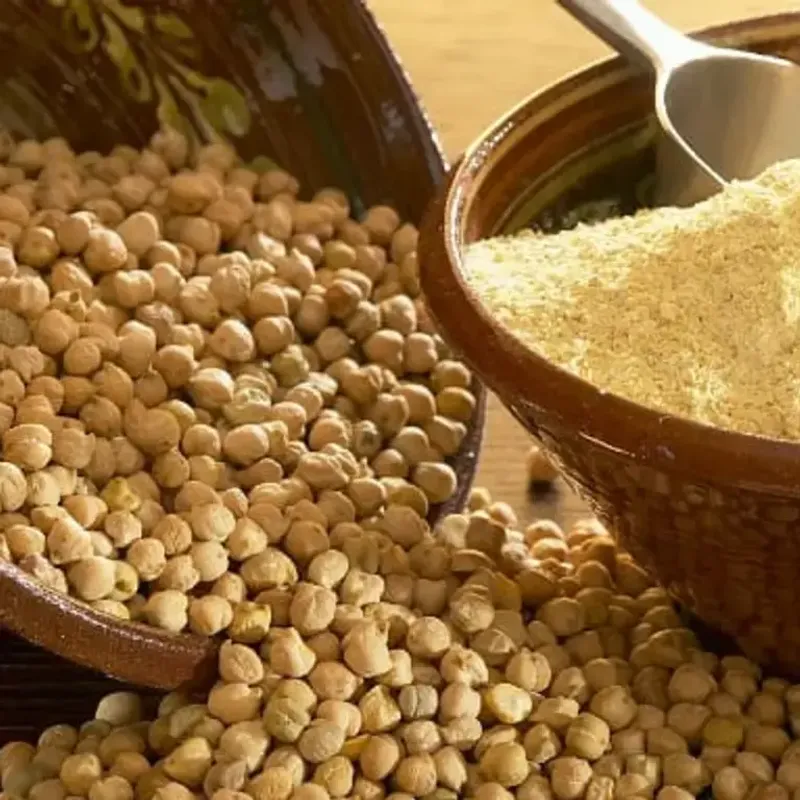
Starting with the chickpea flour, you’ll find this ingredient a game-changer for gluten-free baking. Its nutty taste adds a flavor to pancakes, bread, and even savory dishes like fritters. Chickpea flour is higher in protein compared to wheat flour, making it a nutritious alternative. It’s versatile enough to replace eggs in vegan recipes, too. Simply mix with water to achieve the desired consistency. This staple is ideal for those who love experimenting in the kitchen. Store it in a cool, dry place to maintain freshness. You can even use it as a thickener in soups and sauces. This pantry gem is not only healthy but also adaptable, offering culinary possibilities.
2. Nutritional Yeast
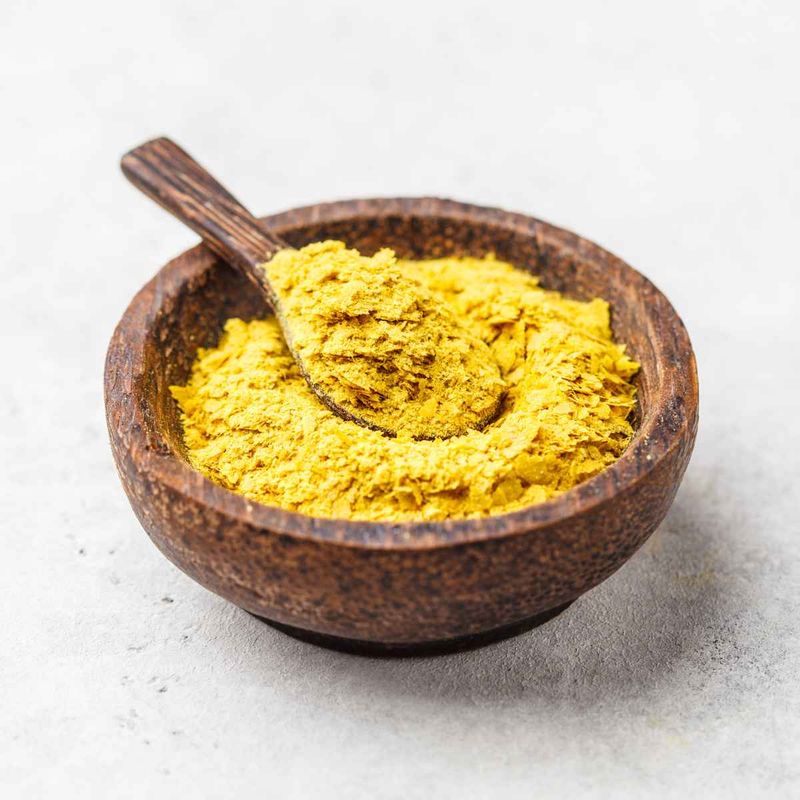
Nutritional yeast is packed with vitamins, particularly B12, and adds a cheesy, umami flavor to dishes without the dairy. It’s commonly used as a topping for popcorn, pasta, and salads. Sprinkle it over roasted vegetables or incorporate it into creamy sauces for an added depth of flavor. This ingredient is favored by vegans and those looking to reduce their dairy intake. The powder flakes store well in the pantry, are easy to use, and deliver a big flavor punch. With its nutty, savory flavor, nutritional yeast transforms simple into gourmet recipes. Try it in scrambled eggs or in baking.
3. Sorghum Syrup
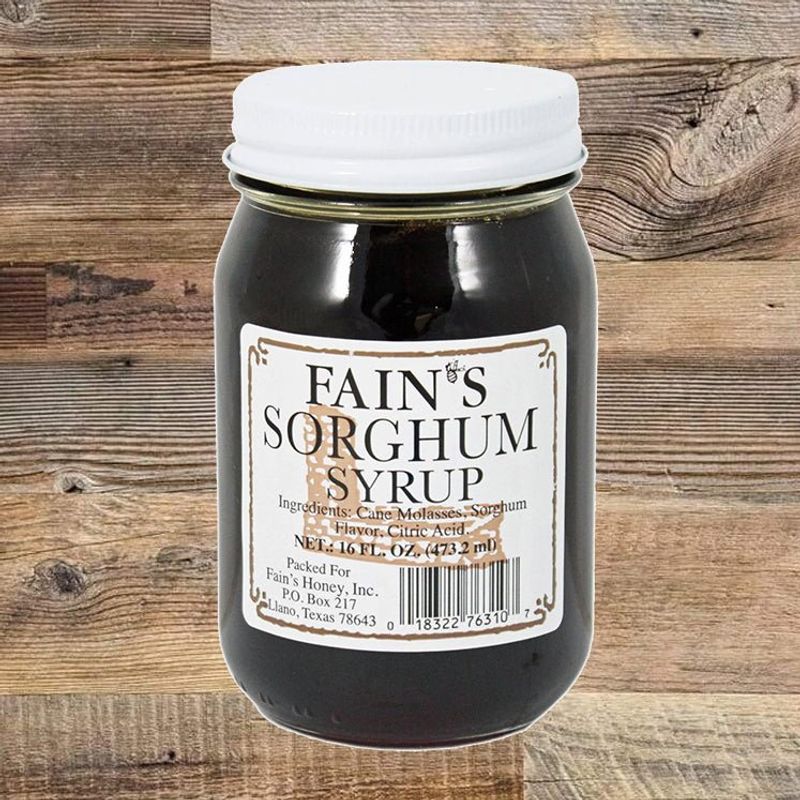
Sorghum syrup, a lesser-known sweetener, is rich in antioxidants and contains trace minerals like calcium and potassium. It boasts a robust, molasses-like flavor, making it suitable for baking. Use it in cookies, cakes, or as a sweetener in marinades and dressings. Its thick, sticky texture is reminiscent of honey but with a different taste profile. Sorghum syrup is an excellent alternative to refined sugars, supplying a touch of natural sweetness with health benefits. It stores well in the pantry and can be used sparingly to enhance dishes. This syrup is for those looking to diversify their sweetening options while maintaining a nutrient-rich diet.
4. Amaranth Seeds
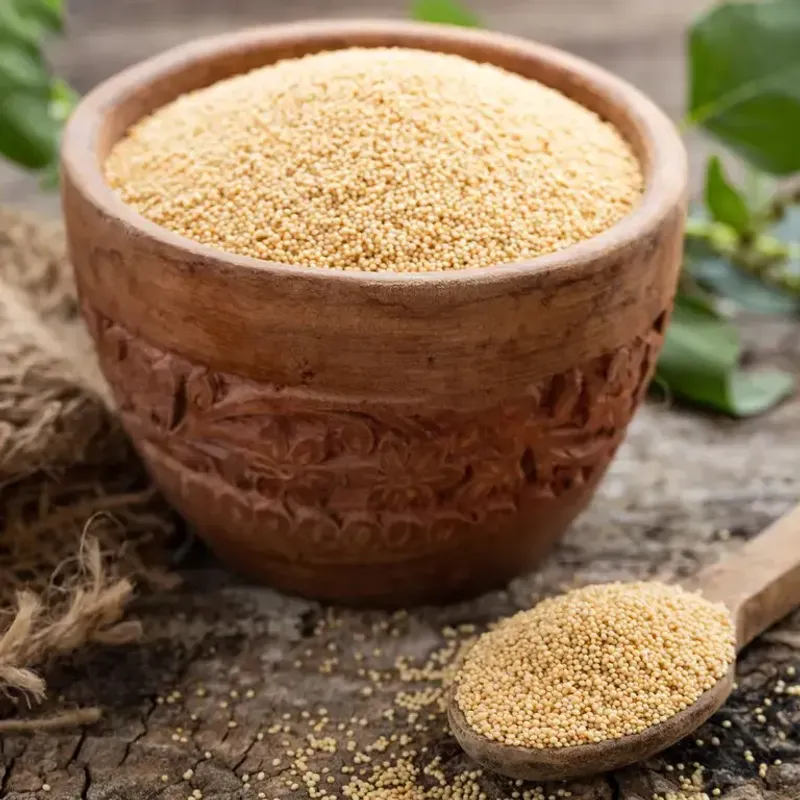
Amaranth seeds are tiny, yet packed with nutrition, offering high protein content and essential amino acids. These seeds can be cooked like grains and added to soups, stews, or porridge. Their nutty taste adds depth to dishes, and they can be popped like popcorn for a fun snack. Amaranth is gluten-free and often used in baking when ground into flour. Its versatility makes it a valuable pantry staple, allowing it to complement a range of recipes from breakfast to dinner. Store in an airtight container to preserve freshness, and get different ideas how to incorporating these seeds into different meals.
5. Kelp Granules
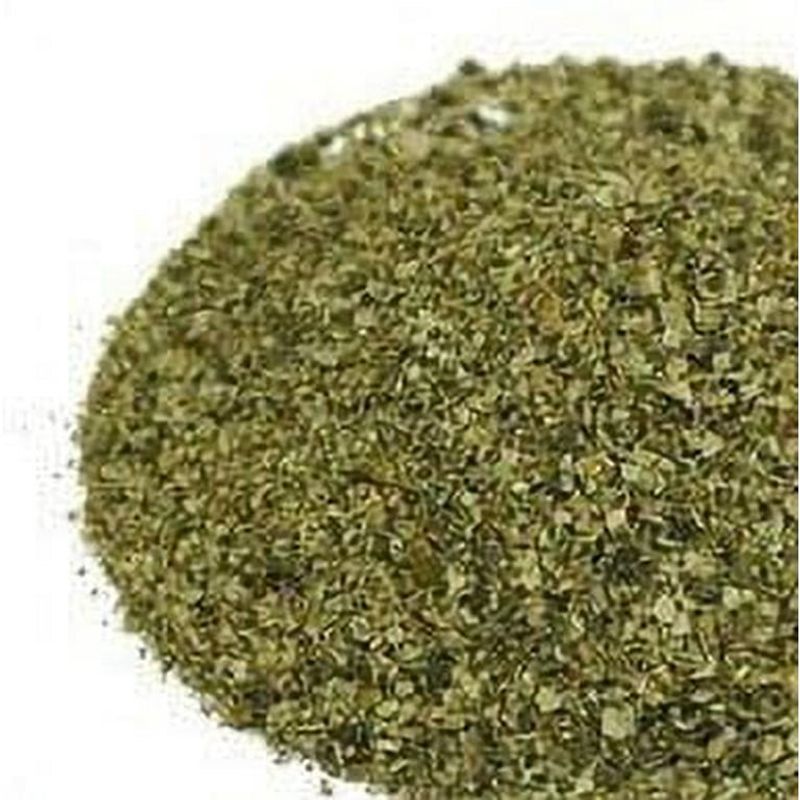
Kelp granules are derived from seaweed and are rich in iodine, which supports thyroid function. They impart a subtly salty, umami flavor, making them an excellent seasoning for a variety of dishes. Sprinkle on salads, soups, or use as a salt substitute in savory recipes. Kelp granules are a helpful way to introduce more sea vegetables into your diet without overpowering flavors. They can also be used in cooking or as a garnish, providing a distinct taste and nutritional boost. Keep them in a sealed container in your pantry for easy access when you want to enhance your meals naturally.
6. Freekeh
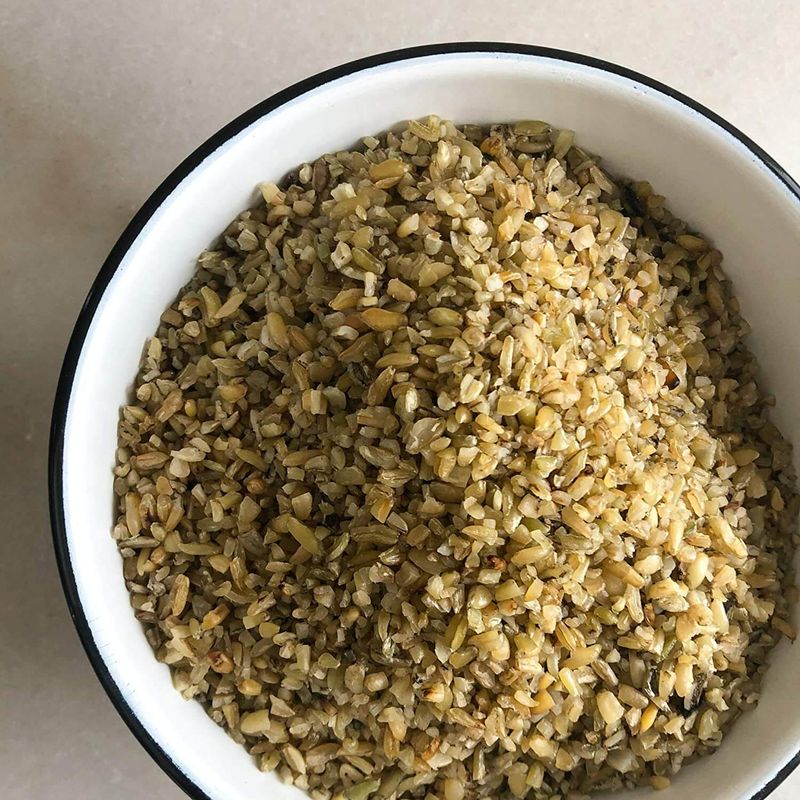
Freekeh is a roasted green wheat that’s high in fiber and protein. Its smoky, nutty flavor makes it an excellent base for salads or as a side dish. Cook it similar to rice or quinoa, and enjoy its chewy texture that absorbs flavors well. Freekeh is versatile, allowing it to pair with a variety of ingredients from roasted vegetables to meats. This ancient grain is packed with nutrients and can be an addition to a balanced diet. Store in a cool, dry place, and explore its potential in different cuisines, from Middle Eastern to contemporary combined dishes.
7. Barberry
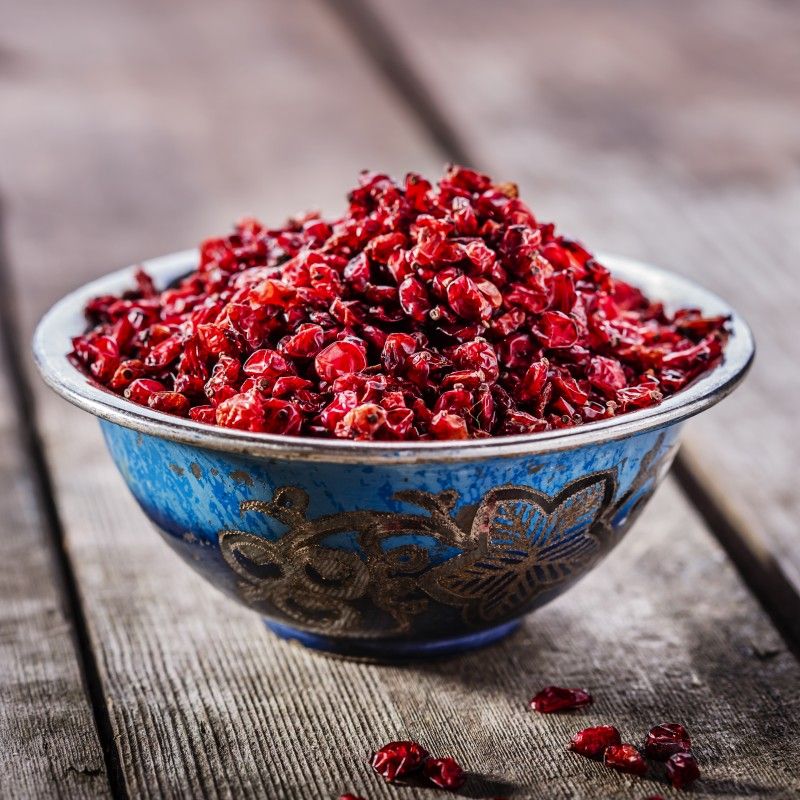
Barberries are small, tart berries often used in Middle Eastern cuisine. They provide a burst of flavor in rice dishes, stews, and salads. Their tangy taste is a enjoyable contrast in sweet recipes as well. These berries are rich in vitamin C and antioxidants, making them a healthy addition to your meals. Use them sparingly to add a zing to your dishes. Barberries can be rehydrated by soaking in water or used dried. Keep them in an airtight jar to maintain their tartness and color.
8. Black Garlic
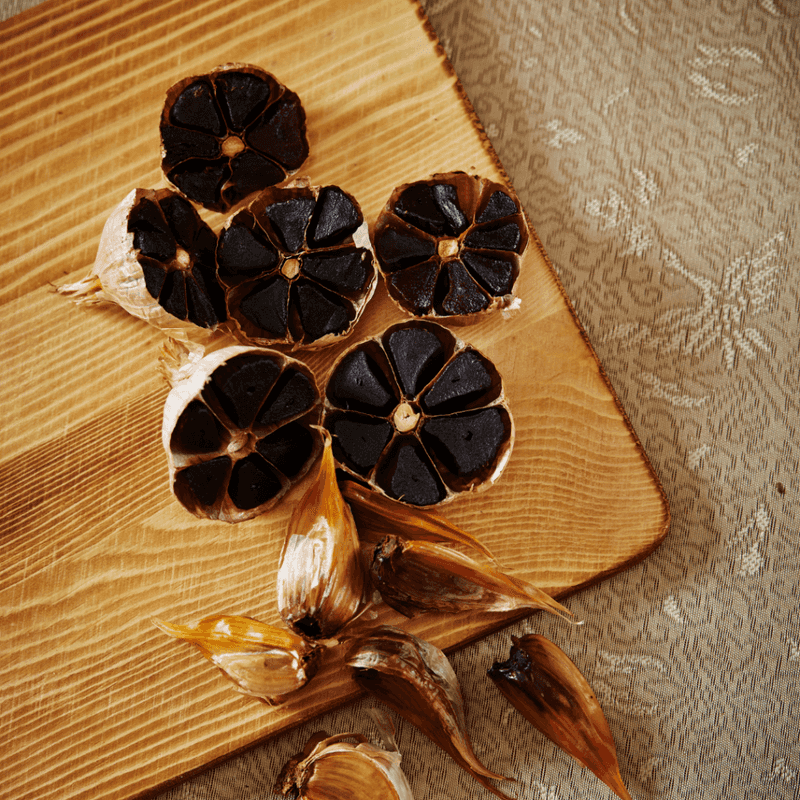
Black garlic is made by fermenting regular garlic, resulting in a sweet, rich flavor with a soft texture. It’s a culinary option that can be used in sauces, dressings, or mashed into spreads. The fermentation process enhances its antioxidant properties, offering health benefits along with its taste. It adds depth to dishes without the sharpness of raw garlic, making it versatile in both sweet and savory recipes. Store it in a cool, dry place. Its mellow, complex flavor are suitable for cooking.
